Supply of edible salts.
Iran has very pure and unique edible salts. For example, the purity of some Iranian salts is over 99%. Some of them are crystalline and very transparent, they are called “Halite”. Some of these salts, which have been located near springs for centuries, contain all the salts of springs, and also some other Iranian salts have healing properties and are used in the pharmaceutical industry. One of the most unique ones, which is unique in the whole world and as it has been written in scientific articles, it took about six hundred million years to form in the depths of the earth, is Iranian blue salt, which due to having appropriate amounts of potassium, improves The function of the body’s biological system as well as strengthening the immune system as well as improving the function of the thyroid gland and even regulating blood pressure is very effective.
Laboratory methods to identify salt quality
In order to ensure the purity of salt from heavy metals and other impurities (such as sulfate and phosphate, etc.), “atomic absorption” methods can be used; Also, to determine the percentage of purity, titration or potentiometric methods can be used, which are much more accurate than titration. XRD and ICP spectroscopy methods can also be used.
Types of edible salts
– Crystalline salt or Halite
Crystalline and very clear salts that have a very high degree of purity and are used in the serum industry. There is no specific mine at a particular point in the geographical location for these salts, and these salts are found side by side in different layers of salt in the mines.
– Fountain salt
Spring salts are salts that have been around fountain for centuries and have been washed away by fountain waters. These salts contain calcium, magnesium, potassium and other sources of minerals. The amazing thing is that the amount of these minerals in the salt is exactly in accordance with international standards.
– Blue salt
There are certain types of salts that contain potassium, which is why these salts have medicinal properties. These salts are of two types: crystalline blue salt and non-crystalline or amorphous (powder) blue salt. Its crystalline type is purer and more valuable. Edible blue salt is found exclusively in Iran and exists in the form of scattered veins in the depths of Iran’s salt mines. In other words, there is no “blue salt mine” and for this reason, finding these veins in large and vast mines of Iran is very difficult and requires continuous mining by specialized teams.
The crystal type has been underground for 600 million years and has significant therapeutic effects. One of its most important uses is to provide the body with the potassium it needs, and as stated in scientific articles, it is used to partially improve blood pressure, improve thyroid function, and boost the immune system.
Along with blue salt veins in salt mines, there are usually a lot of impurities in orange, crimson and gray colors, which generally have complexes of heavy metals such as cobalt, manganese, strontium, nickel, copper, etc. They are harmful to the body. Therefore, after exploring its veins, these salts need several stages of cleaning, and some blue salt along with these impurities and heavy metals will inevitably be discarded. This can only be done by hand and not by machine; therefore, it requires manpower and takes a lot of time. Separating the blue salt load into different categories (grade one, grade two, top grade or blue diamond) itself requires a separate workforce and a separate time from the load clearance.
Iranian blue salt is very rare in the world, and because it is difficult to extract, and because it is cleaned and sorted by manpower and not by machine, and because of the use of medicine, it is very expensive. Its high degree type is very valuable. The use of Iranian blue salt is generally medicinal, or if it has no medicinal use, it is considered a very luxurious commodity among the royal and imperial strata of the rich Europeans and Americans.
Unfortunately, this has led to commercial fraud in the Iranian blue salt market. A small volume of these salts is mixed with a very large volume of common salts and sold. Another trick is to dye ordinary salt blue and sell it. The way to identify it is: if the blue salt was the original, the powder would be white, and if the salt was blue, the powder would be blue; and other commercial tricks can be seen in the blue salt market. Sometimes even blue salt with its impurities is mixed with ordinary salt powder and enters the market, and ordinary people consume this salt containing heavy metals without performing methods of analysis on salt. They are unaware of its harmful effects.
Types of blue salts
- Second grade crystalline blue salt:
- First grade crystalline blue salt
- High grade blue salt (blue diamond)
- Non-crystalline or amorphous blue salt
Blue salt customers in the global market:
Among all customers in the world, Germany ranks first in buying blue salt from Iran (both directly and indirectly) and is the most important customer of this product in the world; In addition, Germany uses blue salt to make medicine. After that, the United Kingdom and then Italy are in the next ranks, and blue salt in these countries is much better known than other countries. Then the United States, Russia, Japan and finally China and Canada in the world market have bought more of this product in recent years than other countries.


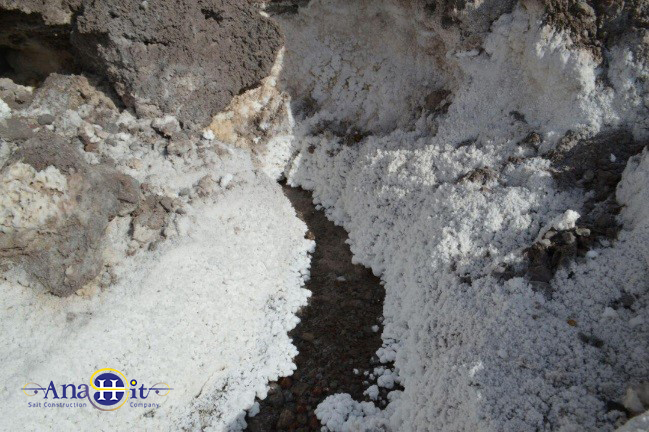

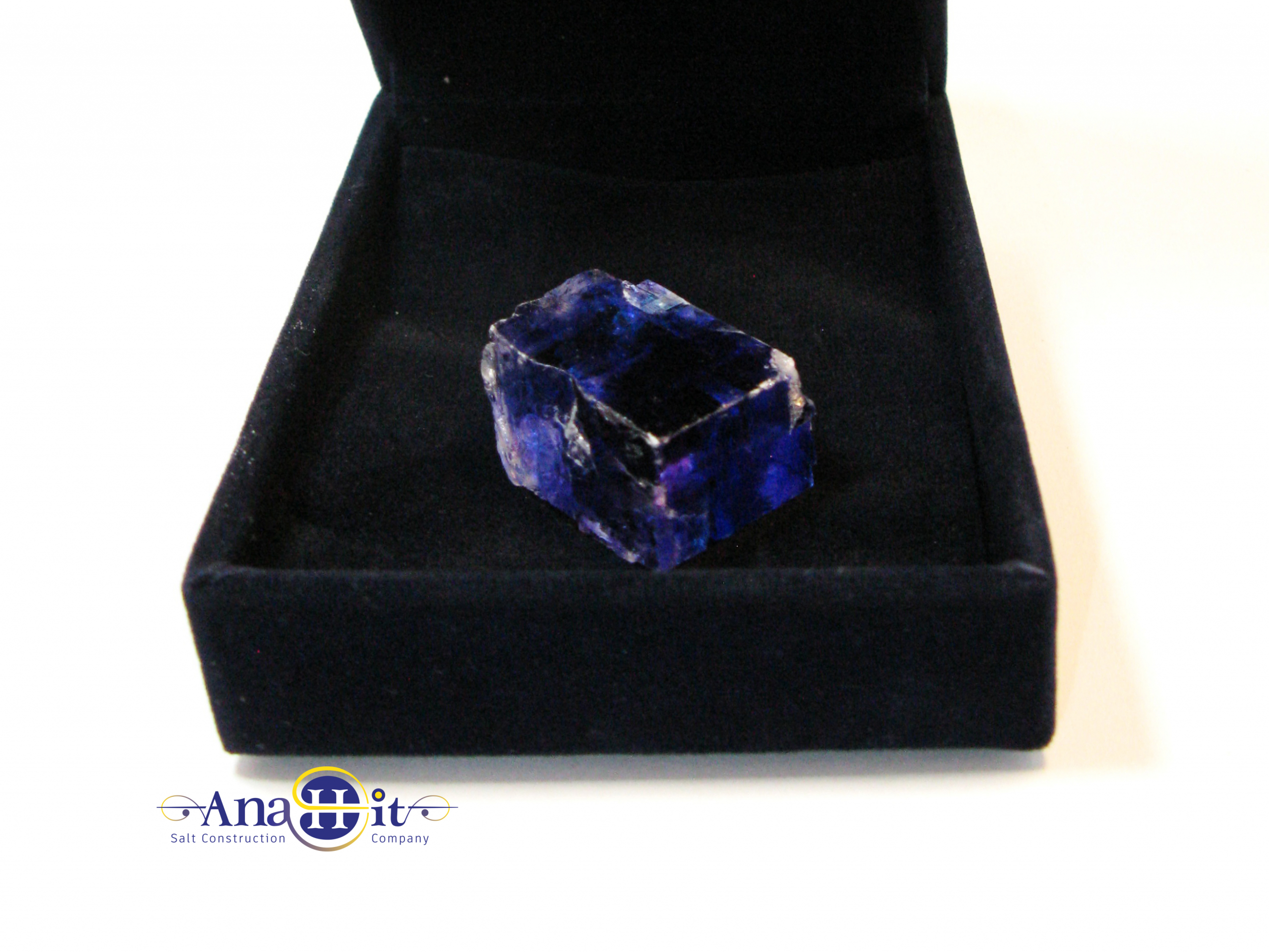








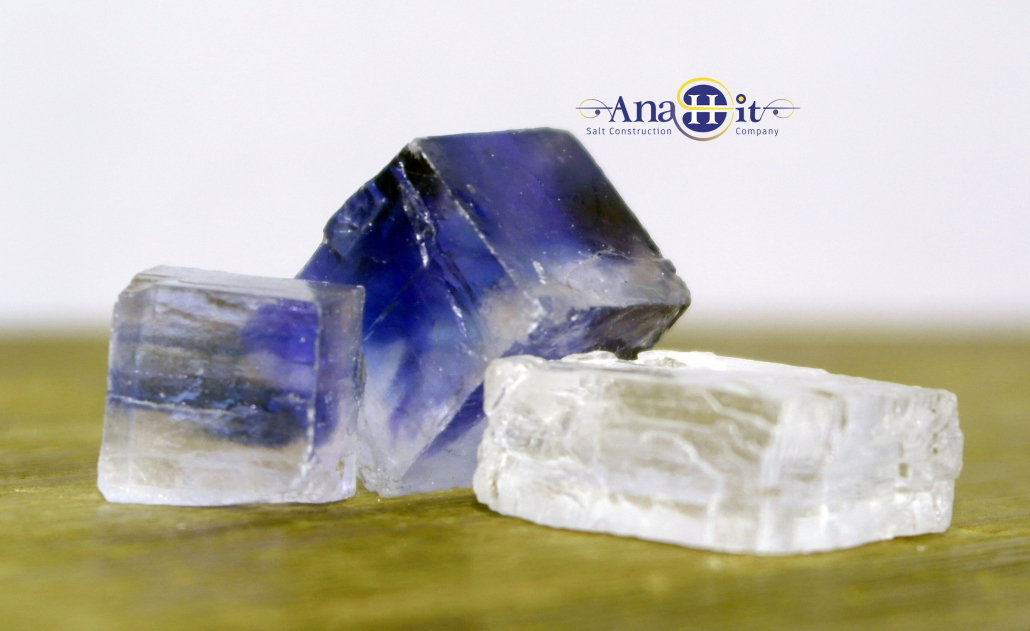
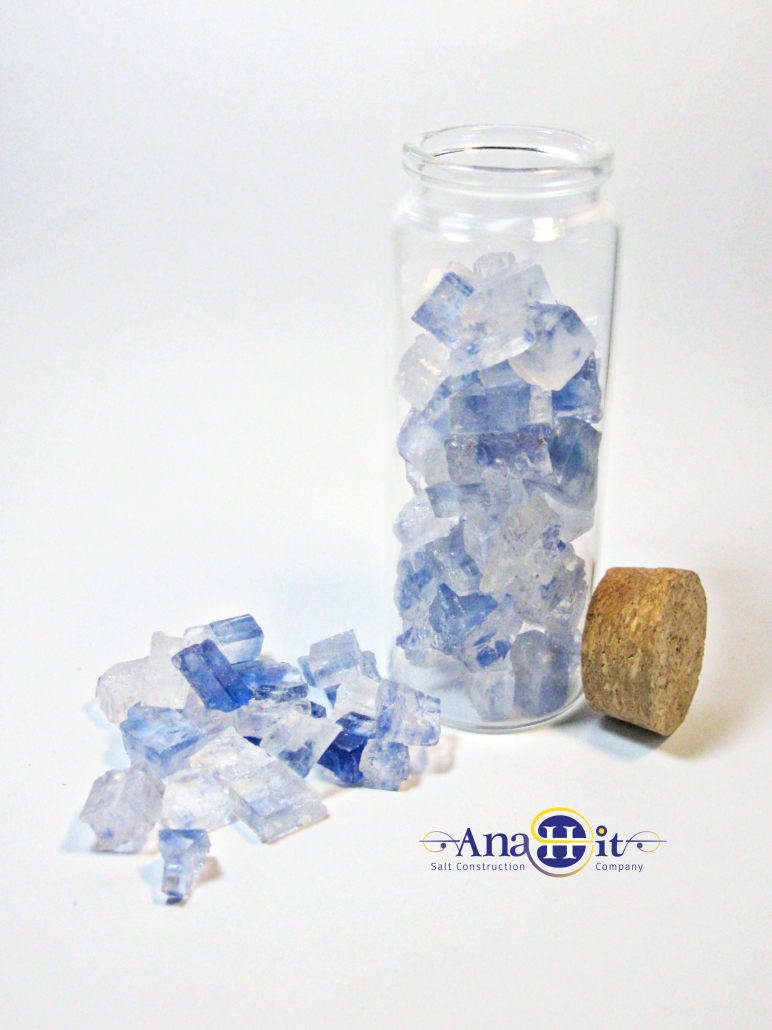


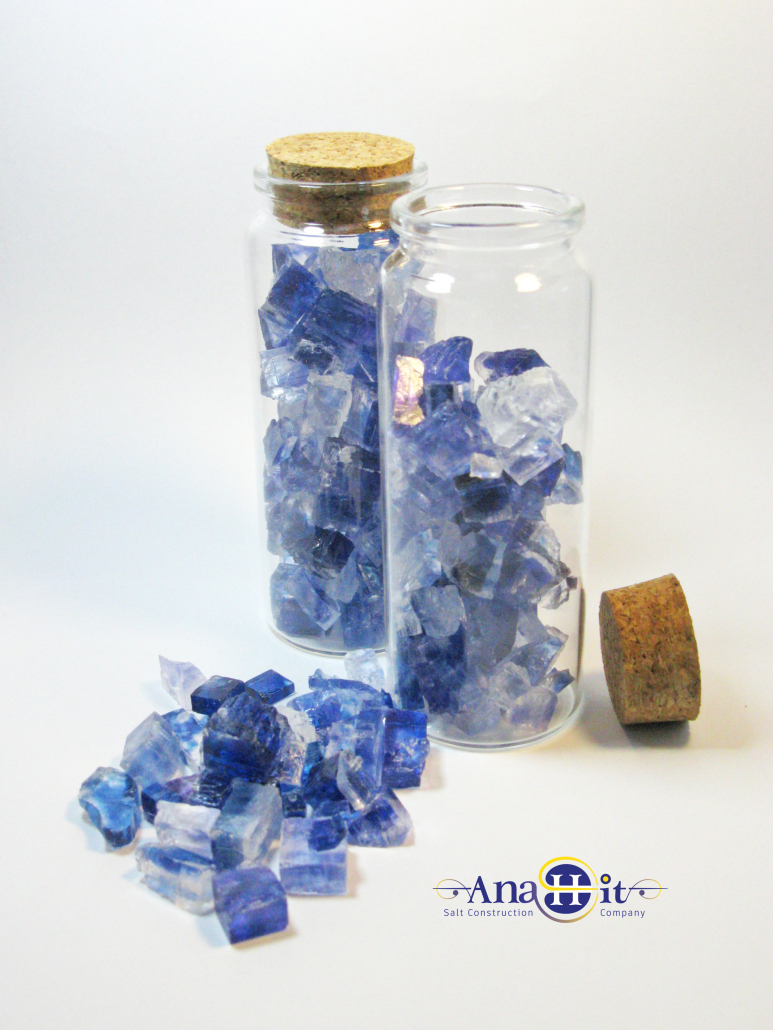

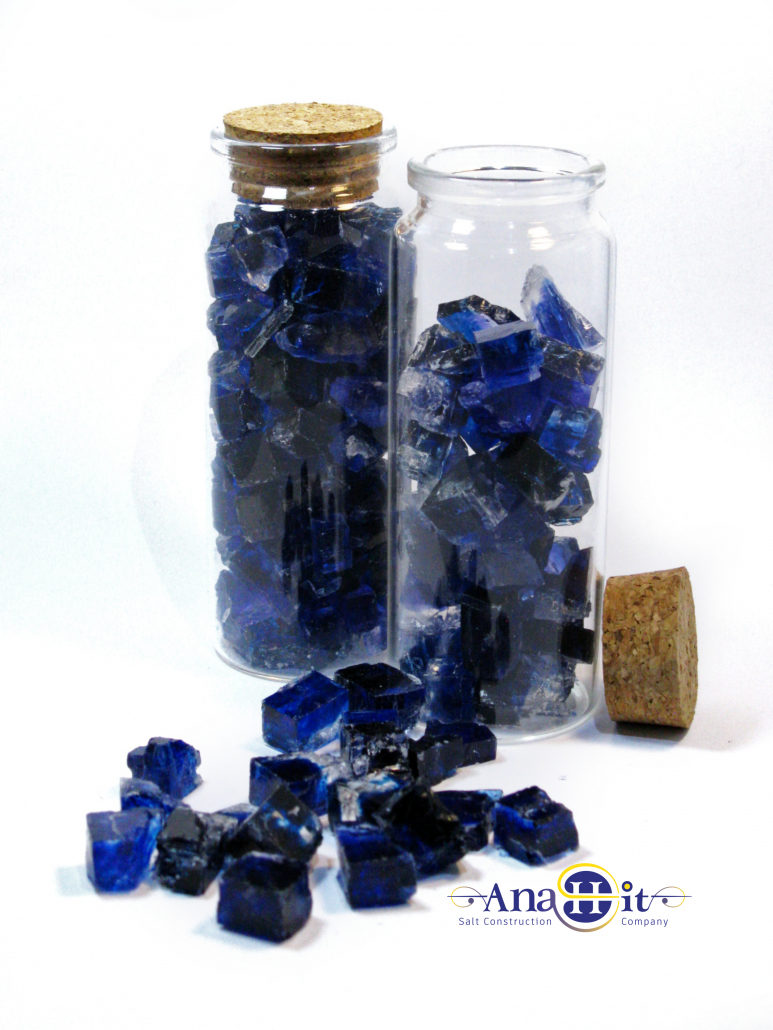

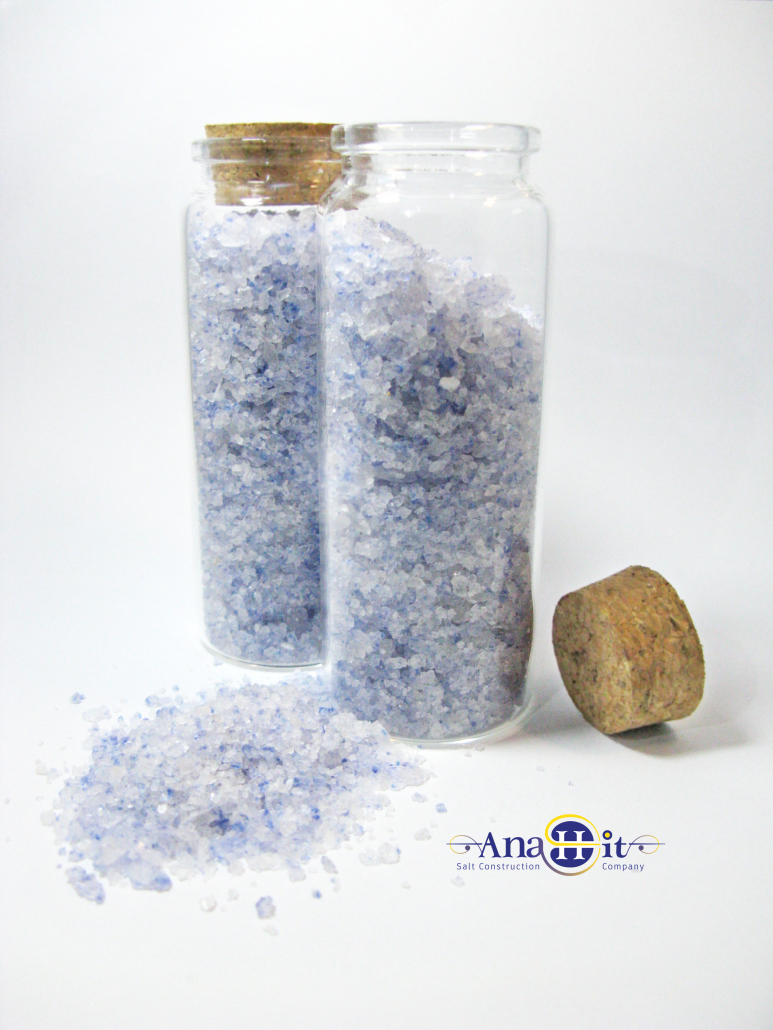


Leave a Reply
Want to join the discussion?Feel free to contribute!